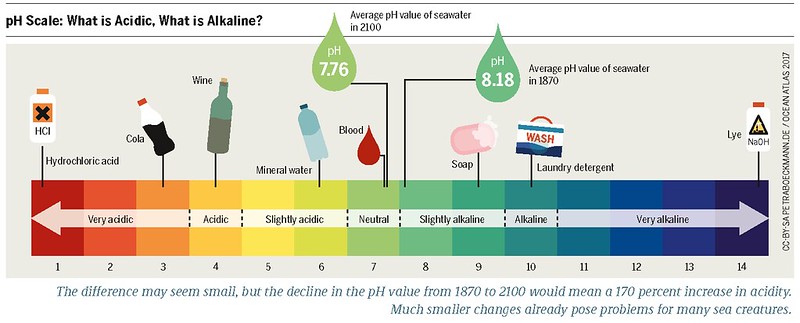The pH value of calcium oxide (CaO) in water is highly basic, ranging from 12 to 13. This is due to the formation of calcium hydroxide (Ca(OH)2), a strong base, when calcium oxide reacts with water. This reaction is exothermic, releasing a large quantity of heat.
Understanding Calcium Oxide
Calcium oxide, also known as quicklime or burnt lime, is a widely used chemical compound. It is a white, caustic, alkaline, crystalline solid at room temperature, and is made by the thermal decomposition of materials, such as limestone or seashells, that contain calcium carbonate (CaCO3) in a lime kiln.
Reaction of Calcium Oxide with Water
When calcium oxide is added to water, it reacts to form calcium hydroxide, which increases the pH of the solution. The amount of calcium oxide needed to achieve a specific pH level can be calculated using the reaction equation and the desired pH value.
The reaction can be represented as follows:
CaO + H2O → Ca(OH)2
Calcium oxide dissociates into Ca2+ and O2- ions in water. The O2- ion accepts a proton from water to form OH-, which increases the pH of the solution, making it basic.
Factors Affecting the pH of Calcium Oxide in Water
Contaminants or substances that can affect the pH of calcium oxide in water include acids, such as hydrochloric acid (HCl), which can neutralize the basic properties of calcium oxide and lower the pH of the solution. To balance the pH, additional calcium oxide can be added to the solution to react with the acid and form calcium hydroxide, which will increase the pH of the solution.
Alternatives to Calcium Oxide
Alternatives to using calcium oxide in water include using other strong bases, such as sodium hydroxide (NaOH) or potassium hydroxide (KOH), to increase the pH of the solution. However, these bases may have different properties and reactivity compared to calcium oxide, and may not be suitable for all applications.
Calculating the Amount of Calcium Oxide Needed
To calculate the amount of calcium oxide needed to achieve a specific pH level, you can use the following formula:
Amount of CaO (g) = (Desired pH – Initial pH) × Volume of Solution (L) × 56.08 / (14 – Desired pH)
Where:
– Desired pH is the target pH value
– Initial pH is the starting pH of the solution
– Volume of Solution is the volume of the solution in liters
– 56.08 is the molar mass of calcium oxide (CaO)
– 14 is the pH value of a saturated calcium hydroxide solution
For example, if you want to increase the pH of 1 liter of water from 7 to 9, you would need to add:
Amount of CaO (g) = (9 – 7) × 1 × 56.08 / (14 – 9) = 5.61 g of calcium oxide
Conclusion
In summary, the pH of calcium oxide in water is highly basic, ranging from 12 to 13. This is due to the formation of calcium hydroxide, a strong base, when calcium oxide reacts with water. The amount of calcium oxide needed to achieve a specific pH level can be calculated using the reaction equation and the desired pH value. Factors such as contaminants or substances can affect the pH of calcium oxide in water, and alternatives to using calcium oxide, such as other strong bases, may be considered depending on the application.

